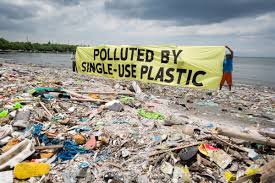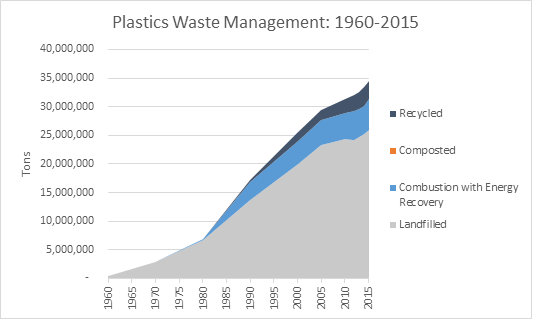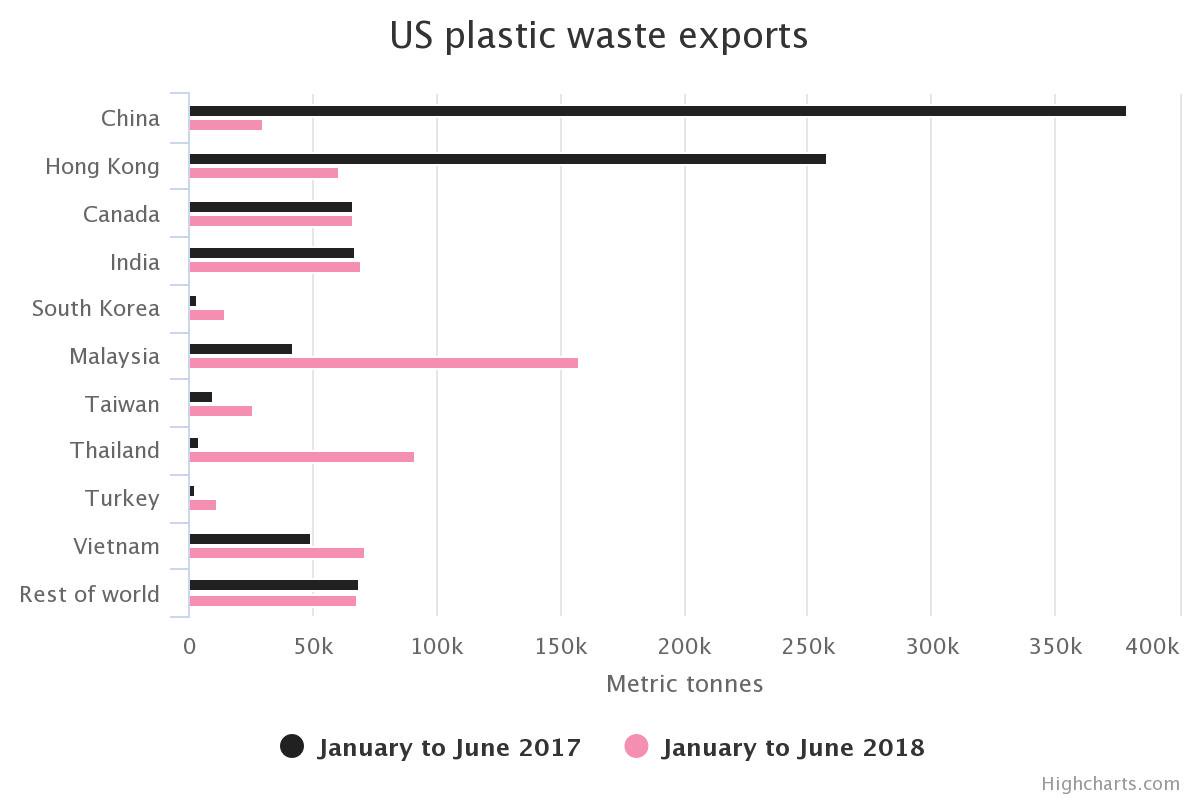
Over the last few weeks quiet conversations between women have proliferated around the company. Whispered talk about the coming school year. It more or less goes like this, I am told. One woman asks another how they plan to work and teach children trapped at home thanks to Covid. This nearly silent exchange happens among women from the factory floor to the top of the company. What will you do? How will you manage the kids? Will you be able to keep working? Same questions, same shrugs. School districts have made matters worse by not revealing schedules until the last minute — less than two weeks before opening Fremont Unified School District has told worried parents almost nothing — or by imposing schedules that keep children in class until mid-afternoon. They seem little concerned by the wreckage wrought on women, who far more than men, bear the primary responsibility for child-rearing.
Sometimes I ‘m told the worries directly. One senior manager confessed she felt she had to choose between our company and her family. Another fretted she’d be cut out of decision-making since many important video calls happen in the morning, when she’ll be teaching her kids. Even a Mom with a high school student, a group that sometimes can work without oversight, wondered how to make sure her child is doing lessons while she works.
This isn’t a remote issue for me. Women form the backbone of our company. They fill key roles including chief operating officer, plant manager, scheduler, human resource manager and many more. They staff our bag-making and customer service departments. I count on their intelligence, skill, ability to multi-task. If a single one leaves the company will lose a step, maybe several. I know, for instance, that I could not run Emerald Packaging without the advice and energy of my COO, who has a small child she’ll have to teach. What if the school schedule sidelines her for much of the day? What will she do? The pressure, the avalanche of backbreaking house work, has already pushed her limits.
I know the solution. Flex-time, part-time, extended leaves and remote work form the arsenal that could keep female employees working. I wish I could say these options occurred to me upon learning of their growing despair. Instead I fretted until I remembered that one of our best customer service reps has worked from home for years, a solution we crafted when she almost quit to take care of a chronically ill child. Such compromises form a path forward. Already we’ve agreed that one manager can work from home three days a week. Another will work extended hours in the afternoon following what she calls “momline,” a shorthand for online learning. I’m not saying this won’t challenge us in new, unexpected ways. I just know I can’t afford to lose the talent to Covid’s temporary — even a full school year — intrusion.
The missing public discourse about this issue confounds me. I know society, despite its yakking away about gender equality, still expects women to manage the hearth. Even before Covid women did more than double the housework men did. The pandemic tilted the balance even further. At this historic moment, with the virus sweeping the country, we have unconsciously decided to return to the 1950s, offering little support for working women and putting no pressure on men to carry more domestic weight. It doesn’t help when a so-called progressive like California Governor Gavin Newsom quips that he knows this burden will fall unequally, but he’s lucky to have a wife who can handle it. Even women seem confused about how to respond, more or less accepting the inevitable. Not demanding answers from companies or help from government. Dread filters through offices across the country. Quiet dread. The silence of women.
Childcare has become one of the leading issues forcing women from the workforce. Unless corporate leaders do something now, we could lose generations of women who have helped spur our economy in recent years. Shareholders should especially worry. A recent McKinsey & Co. survey reconfirmed that the profits of companies with women in key executive roles trends higher than male dominated firms. People skills, intelligence and mental agility play a major role. I’ve seen it first-hand. Women often do rings around men, including me, able to multi-task and organize in ways males can’t imagine. Worse for everyone, the pandemic-induced collapse of the childcare industry could sideline one-time working Mom’s for years to come, as after-school programs and daycare disappear, unless we find a way to immediately underwrite the industry.
Men have to step it up as well. They must tell their companies they need the time to help teach and then not get penalized for it. While societal norms often lead men not to think of child-rearing as a primary responsibility, a attitude that must quickly change, fear about sabotaging careers drives behavior as well. Again, where is the pressure to move, to get corporations to support temporary work-life shifts? It’s not getting talked about much in the media, politicians don’t say much either. Men seem to have descended into head scratching confusion.
I can’t say I would have been much different in my day. I wasn’t as involved as I should have been in child-rearing or the monotonous chores that dominate home life. My wife bore the brunt, trading in her aspirations, which had its own costs. However, as I aged, especially more recently surrounded by working Mom’s, I agreed the division of labor didn’t work. I recently told her that I got it, that I deeply regretted my failure. The confession also came from experience. Three years ago when she had cancer I had to run the household alone. It nearly killed me. I do more of my share now, but I don’t want to again apologize to a mother for not doing my part to support the Herculean tasks they now face.
So I now wander with them into a new world. Odd hours, days off, along with Zoom meetings piled into the afternoon and long-term work from home arrangements. As business owners, as bosses, as fellow-travelers, we do have choices in this moment. Keep the employees who have fueled our success or lose them. It may hurt profitability in the short run as matters big and small missed, but I am confident it will rebound on the other side. And I can sleep better knowing this time, with the women in my life, I got it right.
{ read more }
 One night, about six months back, two of our employees on the graveyard shift overdosed on cocaine. They left the plant around 12:30am — all of this caught on video — walked across the street, and bought from a dealer waiting on the corner. They later claimed they did it because they were tired. The cocaine turned out laced with a near fatal dose of fentanyl, a common additive to drugs, I later learned, because the high is so addictive. One staggered back into the factory and collapsed in the restroom, with no pulse, saved by the actions of a co-worker. The other was later found near death as well. Police and ambulances converged on the scene, and the shift supervisor called our president, Pallavi Joyappa, to come deal with the situation. { read more }
One night, about six months back, two of our employees on the graveyard shift overdosed on cocaine. They left the plant around 12:30am — all of this caught on video — walked across the street, and bought from a dealer waiting on the corner. They later claimed they did it because they were tired. The cocaine turned out laced with a near fatal dose of fentanyl, a common additive to drugs, I later learned, because the high is so addictive. One staggered back into the factory and collapsed in the restroom, with no pulse, saved by the actions of a co-worker. The other was later found near death as well. Police and ambulances converged on the scene, and the shift supervisor called our president, Pallavi Joyappa, to come deal with the situation. { read more }






 Our country gradually but steadily has moved to war footing to battle an unseen enemy, a virus. Around the world countries have begun to close borders, shutter businesses, demand citizens stay indoors when not working, not cluster in groups and so on. Our government, slow on the uptake but increasingly less so, has invoked a 1950s law that empowers President Trump to force industry where possible to vastly increase production of wartime supplies needed by the medical community, including masks, gowns, and respirators very much like President Franklin Roosevelt did as we moved into war against Nazi Germany.
Back then though, private citizens did their bit. They bought war bonds to help finance the struggle. They recycled materials in short supply like paper. Neighborhoods held scrap drives collecting copper and brass, often in the form of pots and pans, for use making artillery shells. Families saved fat drippings from cooking to make soap at government request. There were numerous other sacrifices including the draft, curfews, deferment of wage increases, and acceptance of higher taxes.
Now our time has come. We must stop hoarding goods and make sure we buy only what we need so that our neighbors have what they need. We should collect and turn over to hospitals items doctors and nurses desperately need like N95 masks, expected to be in short supply within weeks. Latex gloves fall into this category as well, as does hand sanitizer. We need to protect our troops or we will lose this war. Instead of individuals and companies showing up at local hospitals perhaps cities can organize the collection of these items. Until such time though we have to do the task ourselves. Collecting fat drippings may be necessary again to increase the soap supply. Submitting to shelter-in-place despite our peripatetic culture will become our version of the curfew.
For those of us in higher income brackets we have a responsibility to our nation. The President will likely sign a $1 trillion stimulus package to help the millions of workers who have quickly tumbled into unemployment as businesses have closed. Given the already swollen deficit we will have no choice but to buy bonds and submit to higher taxes to finance the program, or those programs surely to come. Underwriting some form of national health care for those who catch the disease will be our only way to cover the cost of care and ensure public health given the breadth and length of the coming war.
I’ve only begun to think about this but am taking the first steps forward. Emerald Packaging has donated our small corporate stash of N95 masks to a local hospital. We’ve switched to an isopropyl alcohol solution as a sanitizer which we have plenty of thanks to our use of it to tone inks. We’ve increased our costs by hiring dedicated employees to disinfect surfaces in order to keep workers safe. We’re covering Covid-19 tests and urgent care visits related to the disease, likely another hit to profits. We’ve emphasized to employees that we must wash and sanitize our hands and workstations to make sure we stay open given that we are part of a wartime production system, providing the packaging required to ensure food safety. And at home we definitely opted not to hoard and we’re constantly washing our hands to prevent spreading the disease.
Within the company we’re also thinking about how we can help wartime production. Sure we’re pulling out the stops to provide the packaging needed to protect the food supply. But we’re also brainstorming how to convert equipment to produce plastic gloves and single use sheets to cover tabletops, where the virus can live for up to 72 hours. We won’t be huge producers, but we can do our part.
What’s missing is coordination from the top. So far the country isn’t of one mind when it comes to shelter-in-place, business closures, and so on. President Trump needs to get us all on the same page. Government — local or national — hasn’t emphasized enough that we shouldn’t hoard nor has it called for those of us who have items in short supply like masks to turn them over. We have little time to role out a war effort. The enemy is at our gates. If our leaders need inspiration they need only look to Roosevelt or Churchill.
I know we can do this. We can survive higher taxes and curfews and rationing. We can forgo goods needed for the war effort. We can work longer hours when needed and defer the increased earnings or part of our salaries to finance the struggle. Every generation faces its challenges, but few face a social apocalypse equal to the one we turn towards. Hardship, weariness and suffering await us. But with those comes victory. So donate those masks….now.
Our country gradually but steadily has moved to war footing to battle an unseen enemy, a virus. Around the world countries have begun to close borders, shutter businesses, demand citizens stay indoors when not working, not cluster in groups and so on. Our government, slow on the uptake but increasingly less so, has invoked a 1950s law that empowers President Trump to force industry where possible to vastly increase production of wartime supplies needed by the medical community, including masks, gowns, and respirators very much like President Franklin Roosevelt did as we moved into war against Nazi Germany.
Back then though, private citizens did their bit. They bought war bonds to help finance the struggle. They recycled materials in short supply like paper. Neighborhoods held scrap drives collecting copper and brass, often in the form of pots and pans, for use making artillery shells. Families saved fat drippings from cooking to make soap at government request. There were numerous other sacrifices including the draft, curfews, deferment of wage increases, and acceptance of higher taxes.
Now our time has come. We must stop hoarding goods and make sure we buy only what we need so that our neighbors have what they need. We should collect and turn over to hospitals items doctors and nurses desperately need like N95 masks, expected to be in short supply within weeks. Latex gloves fall into this category as well, as does hand sanitizer. We need to protect our troops or we will lose this war. Instead of individuals and companies showing up at local hospitals perhaps cities can organize the collection of these items. Until such time though we have to do the task ourselves. Collecting fat drippings may be necessary again to increase the soap supply. Submitting to shelter-in-place despite our peripatetic culture will become our version of the curfew.
For those of us in higher income brackets we have a responsibility to our nation. The President will likely sign a $1 trillion stimulus package to help the millions of workers who have quickly tumbled into unemployment as businesses have closed. Given the already swollen deficit we will have no choice but to buy bonds and submit to higher taxes to finance the program, or those programs surely to come. Underwriting some form of national health care for those who catch the disease will be our only way to cover the cost of care and ensure public health given the breadth and length of the coming war.
I’ve only begun to think about this but am taking the first steps forward. Emerald Packaging has donated our small corporate stash of N95 masks to a local hospital. We’ve switched to an isopropyl alcohol solution as a sanitizer which we have plenty of thanks to our use of it to tone inks. We’ve increased our costs by hiring dedicated employees to disinfect surfaces in order to keep workers safe. We’re covering Covid-19 tests and urgent care visits related to the disease, likely another hit to profits. We’ve emphasized to employees that we must wash and sanitize our hands and workstations to make sure we stay open given that we are part of a wartime production system, providing the packaging required to ensure food safety. And at home we definitely opted not to hoard and we’re constantly washing our hands to prevent spreading the disease.
Within the company we’re also thinking about how we can help wartime production. Sure we’re pulling out the stops to provide the packaging needed to protect the food supply. But we’re also brainstorming how to convert equipment to produce plastic gloves and single use sheets to cover tabletops, where the virus can live for up to 72 hours. We won’t be huge producers, but we can do our part.
What’s missing is coordination from the top. So far the country isn’t of one mind when it comes to shelter-in-place, business closures, and so on. President Trump needs to get us all on the same page. Government — local or national — hasn’t emphasized enough that we shouldn’t hoard nor has it called for those of us who have items in short supply like masks to turn them over. We have little time to role out a war effort. The enemy is at our gates. If our leaders need inspiration they need only look to Roosevelt or Churchill.
I know we can do this. We can survive higher taxes and curfews and rationing. We can forgo goods needed for the war effort. We can work longer hours when needed and defer the increased earnings or part of our salaries to finance the struggle. Every generation faces its challenges, but few face a social apocalypse equal to the one we turn towards. Hardship, weariness and suffering await us. But with those comes victory. So donate those masks….now.


 The situation is untenable. Plastic waste that doesn’t get recycled clogs up landfills. Since 1960 when plastics use exploded the tonnage dumped in landfills has grown in lock step:
The situation is untenable. Plastic waste that doesn’t get recycled clogs up landfills. Since 1960 when plastics use exploded the tonnage dumped in landfills has grown in lock step:
 Much of what has gotten collected ended up in China and other Far East countries. But in 2018 the Chinese government, in an effort to combat pollution and litter, banned the import of waste plastic used to make garbage bags and produce electricity. This forced the recycling issue at home to a large extent because with the China buffer closed waste has come home to roost. Fear grew that even more plastic would end up in landfills. The impact of the Chinese decision can’t be overstated:
Much of what has gotten collected ended up in China and other Far East countries. But in 2018 the Chinese government, in an effort to combat pollution and litter, banned the import of waste plastic used to make garbage bags and produce electricity. This forced the recycling issue at home to a large extent because with the China buffer closed waste has come home to roost. Fear grew that even more plastic would end up in landfills. The impact of the Chinese decision can’t be overstated:
